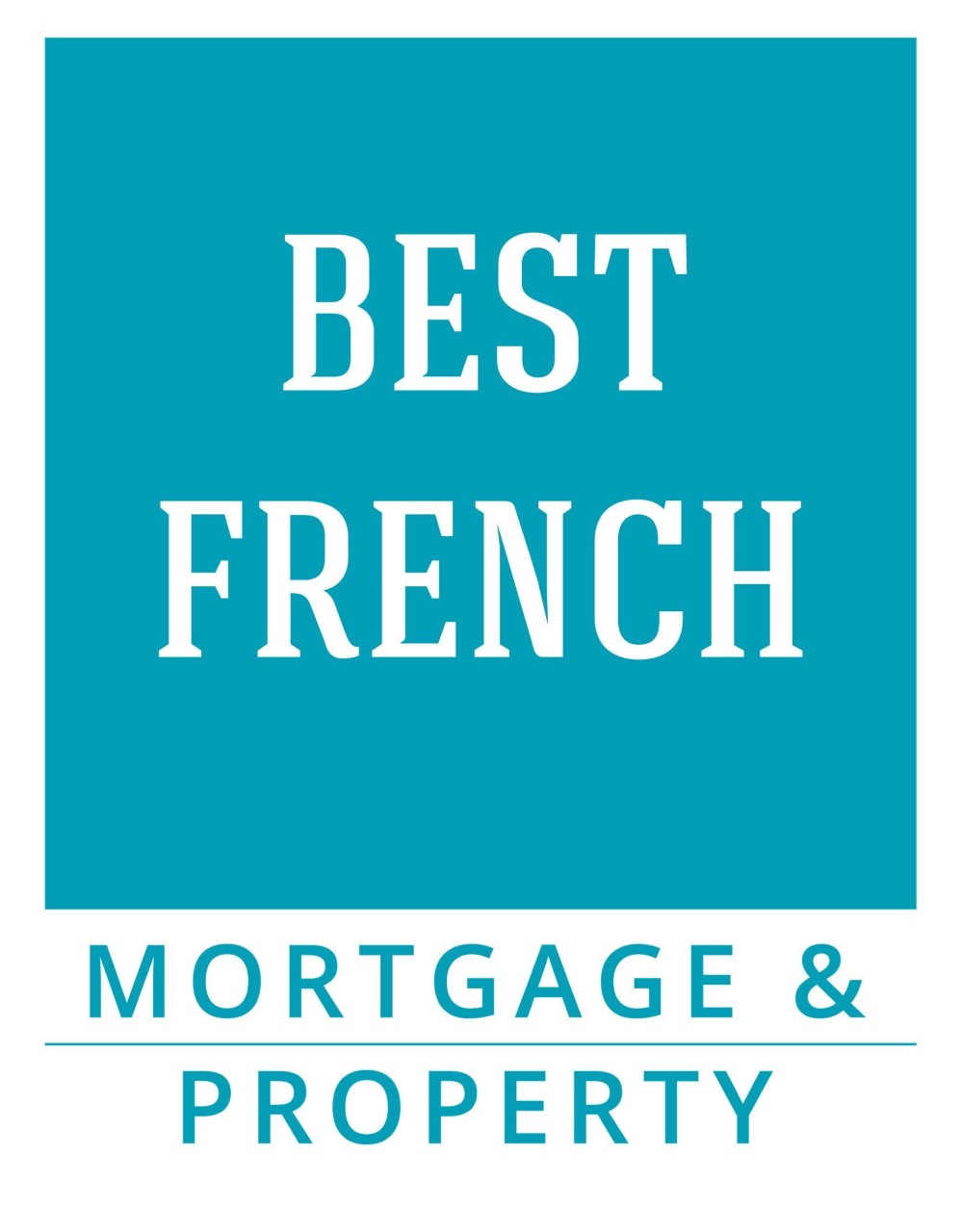French mortgages can seem confusing because of the wide range of French mortgages on offer.
This page will help you understand the difference between French mortgages and explain your interest rate options.
You may also find it helpful to read our page on French Mortgage Products.
Types of French Mortgages
The products fall into one of two types, Capital Repayment and Interest Only.
Capital Repayment Products
With these products, you pay interest and make capital repayments each month.
On expiry of the term you will owe the bank nothing and the French property will be yours.
Interest Only Products
With these products, you pay only interest on the capital.
On expiry of the loan term you will still owe the lender the complete amount you borrowed.
Though interest only may seem like the cheapest borrowing option for you, it represents the highest risk to the bank. Consequently, the interest rate on interest only products is higher than on repayment products.
Additionally, you will need to pass three tests to obtain an interest only product:
Firstly, a strict wealth test.
Secondly, prove that you can afford to service a repayment loan of the same value.
Finally, convince the bank you will be able to repay your borrowing at term.
Interest Rates
Interest rates on all products have two components; the tracking rate and the spread.
The tracking rate used will normally be one of the Euribor rates. Hence the tracking rate can be thought of as the cost to the bank of borrowing the money it will lend onward to you.
The margin is the additional rate you will be charged by the bank over the bank’s borrowing cost. Hence, you can think of this as the bank’s profit.
Added together, the tracking rate plus the margin make up the total borrowing rate as the example below shows.
Euribor Tracking Rate + Bank Margin = Borrowing Rate
Euribor Tracking Rate of 0.95% + Bank Margin of 2% = Borrowing Rate of 2.95%
Interest Calculation
The interest payable will be calculated over the term of the loan in one of three ways.
Tracker Products
Tracker or variable rate products are loans whose interest rate varies over time. Therefore, the rate will vary according to the level of European interest rates as set by the ECB.
These loans can normally be repaid early without any penalty.
Fixed Rate Products
Fixed Rate products are loans whose interest rate is fixed at the outset and remain at that level for an agreed period, typically 8 years, or for the life of the loan.
These loans are normally subject to a repayment penalty of typically 3% or 6 months’ interest, whichever is less, if repaid early.
Capped / Collared Rate Products
Capped and Collared Rate products are loans which have their interest rate constrained ensuring that the interest rate will stay within an agreed range.
These products will normally be subject to similar early repayment penalties as for fixed rate products.
Because interest rate choice is so important we strongly recommend that you read Variable vs Fixed Rate, what’s best for me.
Comparing French Mortgages
When comparing products, the margin or spread is more important than the headline rate.
The headline rate can be misleading because it is the rate the bank’s marketing department want you to focus on.
To get the best long term value for money always try to minimise the spread. This is because the margin or spread typically varies at between 1.75% to nearly 3%, depending on lender.
Choosing the lowest headline rate may cost you more in the long-term, because some banks have what they call introductory rates.
When comparing rates from different lenders focus on the size of the spread or margin after any introductory period.
We check rates daily and update our borrowing rates table on every rate change, so it is always up-to-date.
Let’s take an example
Bank A’s offer might look the most attractive with a headline rate of 2% made up of EURIBOR at 0.5% plus a first year spread of 1.5%. The catch is that after the first year the spread rises to 3% for the second and subsequent years giving an effective mortgage rate of 3.5% compared to the headline rate of 2%.
Bank B’s offer may look less attractive at 2.25% made up of EURIBOR at 0.5% plus a spread of 1.75%. The advantage is that for the rest of the mortgage’s lifetime the spread will remain at 1.75% giving a long term effective mortgage rate of 2.25%.
The net difference between the banks in this example would be approximately 1.25% per year after the first year.
Choose Bank B and you would save a very considerable amount over the life of the mortgage. To find out how much send us details of your mortgage needs.
The 100% French Mortgage Myth
A 100% loan is only available to borrowers who were French tax domiciled in the previous tax year.
The 100% products offered to non-residents are hybrid investment products.
They will require you to deposit at least 30% of the value of the mortgage in cash with the lender so reducing them to 70% LTV mortgages. You may also find that the deposit is for a fixed term equivalent to the loan term. In this case if you repay the mortgage early, you will still not be able to get your cash deposit back without penalty, if at all.
